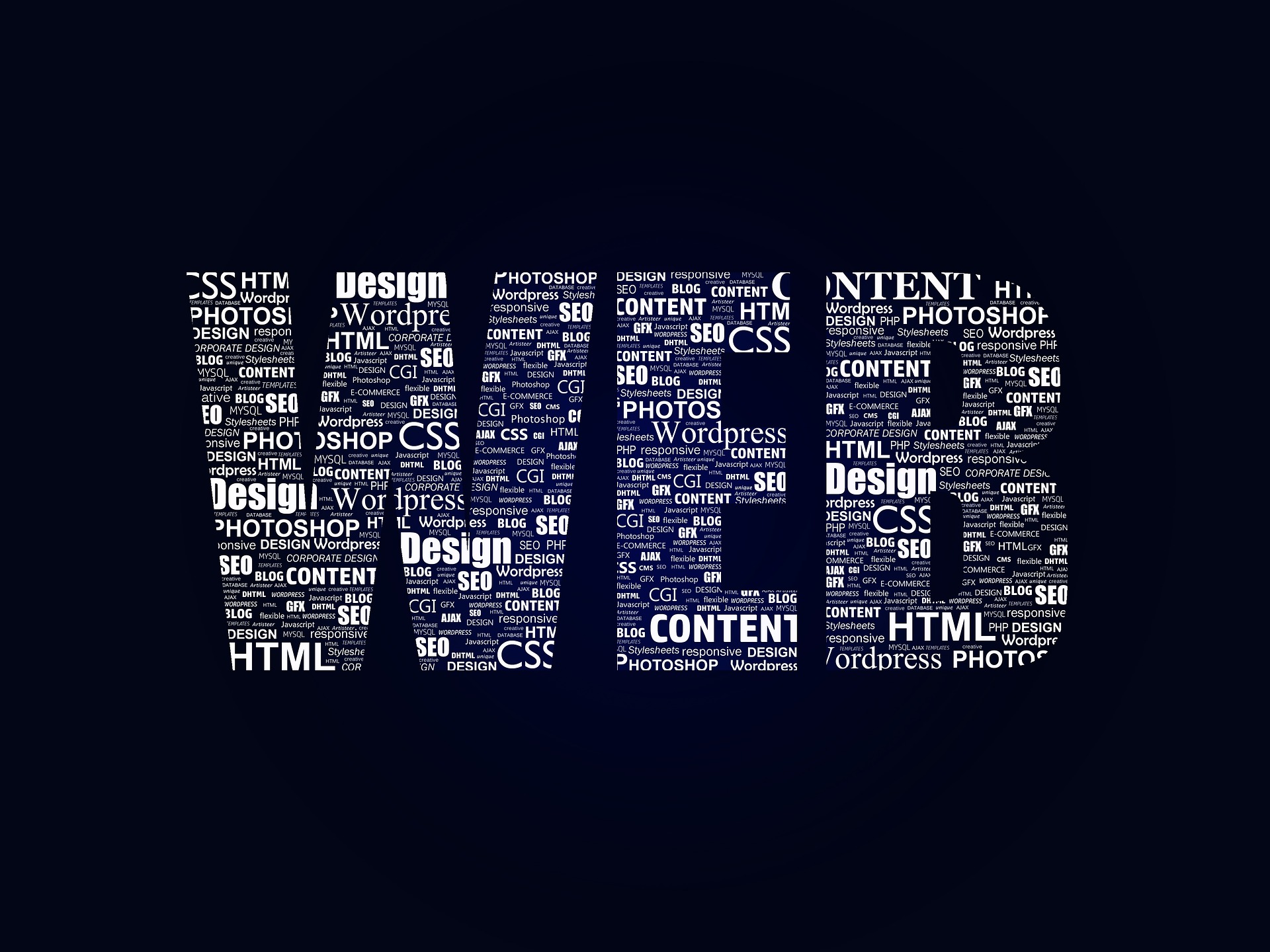Unearthing the Potential of E-Paper: The Unsung Hero of Display Technology
Introduction: Just when we thought that LCD and OLED screens had conquered the world, an underdog technology is quietly making its mark. E-paper, or electronic paper, is a display technology that mimics the appearance of ordinary ink on paper. This isn't the tech of tomorrow—it's already here, and it’s evolving fast.

The Birth and Rise of E-Paper
In the late 1970s, the initial concept for electronic paper was developed at the Xerox Palo Alto Research Center. The idea was simple: create a display that could be read in any light, didn’t strain the eyes, and used minimal power. The technology was slow to develop, but by the late 90s and early 2000s, companies like E Ink and Plastic Logic started to commercialize it. It started gaining traction with devices like the Amazon Kindle, which brought e-paper to the mainstream market.
The Unique Features of E-Paper
E-paper is revolutionary in its simplicity. Unlike traditional display screens that emit light, e-paper reflects ambient light just like ordinary paper. This makes it much easier on the eyes and offers superior readability in bright sunlight. Moreover, it consumes power only when the display is updated, which results in exceptional battery life.
The Current E-Paper Scenario
E-paper is now being used in a wide range of applications, from e-readers and smartwatches to retail price tags and digital signage. While it doesn’t offer the same rich color and fast refresh rates as LCD or OLED, recent advancements have led to color e-paper displays and quicker page turns. For instance, E Ink’s latest display, Kaleido, can produce over 16 million colors while still maintaining the low power consumption and readability benefits of e-paper.
The Market Impact and Pricing
The global e-paper market is expected to grow at a steady pace, with a compound annual growth rate of 17.2% anticipated between 2020 and 2027. The price of e-paper devices varies widely, from affordable e-readers like the $90 Kindle to high-end digital signage that can cost thousands of dollars. The cost primarily depends on the size of the display and the complexity of the device.
The Future of E-Paper
E-paper has the potential to revolutionize many industries. It’s already being used in wearable technology, and its energy efficiency makes it ideal for Internet of Things devices. There’s also the possibility of e-paper replacing traditional paper in many sectors, from newspapers to education. The future of e-paper is looking bright, and it’s a technology worth watching.
In conclusion, e-paper may not grab as many headlines as OLED or 5G, but it’s quietly proving to be a versatile and innovative display technology. It’s a refreshing alternative in an age where screens are everywhere, offering a more natural and eye-friendly reading experience. E-paper might be the unsung hero of display technology, but it’s quickly finding its voice.




